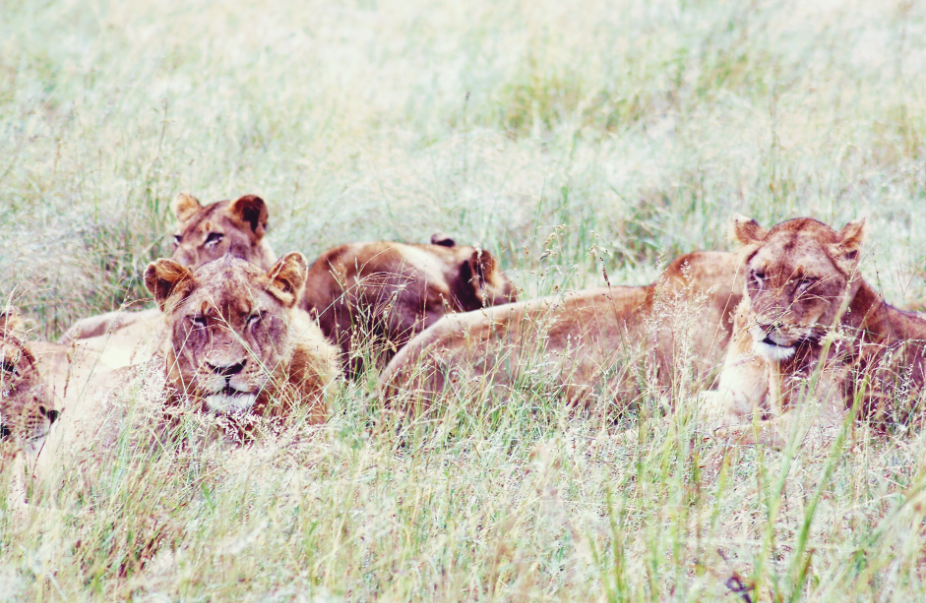The beasts and the drama of the African bush, far from the harsh lights of big city Johannesburg.
There is a mystique about the African bush that enchants visitors from all over the world. Some of them become so captivated they decide to stay on, or return time and again.
Even a born and bred African like me, albeit of European descent, cannot say no to a few days of “bundu bashing”. There is nothing quite like escaping the bumper-to-bumper traffic and constant hum of the big city, to experience a range of smells as you move through the bush. The scent of the long grass. The whiff from the marula trees. The odor of fresh dung.
And at night, when you look up to the canopy of the sky, you feel as though you could reach out and touch the stars. The Southern Cross. Orion’s Belt. The river of the Milky Way. Venus, the morning and the evening star. The red glint of Mars.
On the day our group arrives at the exclusive Sable Camp at MalaMala within the larger Sabi Sands Game Reserve, which shares a 19-kilometer open border with South Africa’s Kruger National Park, it is hot and humid.
Loading...

On this day in the country’s Mpumalanga province, it hits 39 degrees. We settle in and get ready for the first game drive of our stay.
We are here for the launch of a beautiful book by renowned wildlife photographers Gerald Hinde and Will Taylor – both men with a deep love for animals and African landscapes. We pile onto four game-viewing vehicles to find and photograph the heroes and heroines of their book – The Big Seven: Adventures in Search of Africa’s Iconic Species.
The roads are rough and rudimentary as we head into the bush, cameras with long lenses at hand. We drive along a river bed. As the sun moves slowly down towards the western horizon, its rays glint in the waves of green and yellow grass. The wheels skid in the white sand. We drive past a large bush and suddenly an elephant appears, tugging and tearing at the foliage. He looks at us and flaps his ears lazily.
READ MORE | In Search Of Africa’s Last Eden
A bit further on, after literally bashing through the bush, off-road, we see her. Slinky and quiet, her pelt shines in the setting sun. The lone female leopard looks at us with the disdain of a cat disturbed by bothersome humans. She slinks through the bush as we follow her. Then she sits perfectly still, slowly turning her head from side to side.
As darkness settles, the vehicle lights come on and we head back to the lodge. In an outdoor boma, tables are set up in the round, and a five-star dinner is served under the expanse of the night sky. We are treated like royalty by all of the staff of MalaMala. Most of them come from the community that now owns the reserve, after the conclusion of a successful land claim deal in 2014.
The next day dawns. Overcast, with a soft, insistent rain. The temperature has dropped 14 degrees. Donning rain ponchos, the group of adventurers set forth on the morning game drive. The mission is to encounter every one of the Big Seven. The traditional Big Five tourists flock to game reserves to see are: elephant, lion, rhino, leopard and buffalo. Two more have been added, both on the endangered list – the wild dog and cheetah.

Just as humans are shy of rain, so are animals. They lie low in the grass or huddle under trees where they can’t be seen. An hour or so into the drive, the drizzle lifts and we see movement in the grass.
A lioness lifts her head and looks at us. Slowly, slowly, one lion after another stands up to look at the vehicles. There are, at least, eight of them. They lose interest in us again, and stretch out on the ground.
The time to leave comes far too soon. The quiet and beauty of the bush have soaked into my soul and I feel completely at peace and one with the sky and the grass and the trees and the animals and the river and the world.
Loading...
